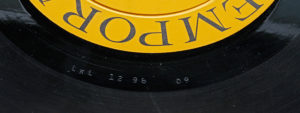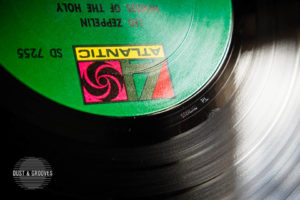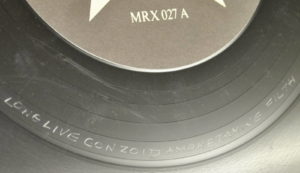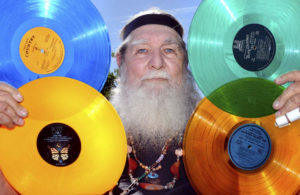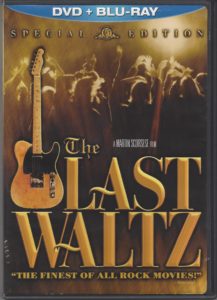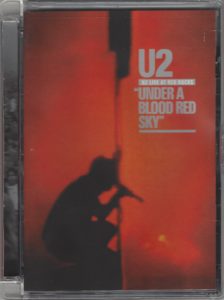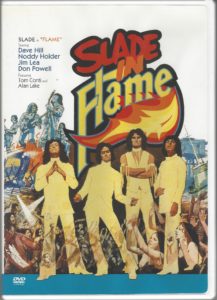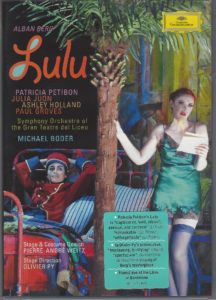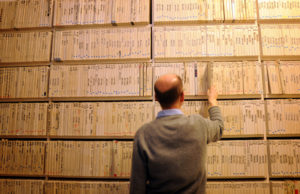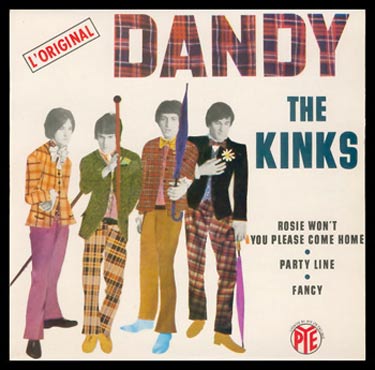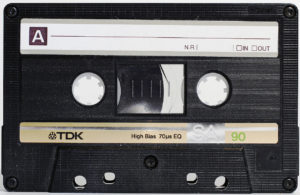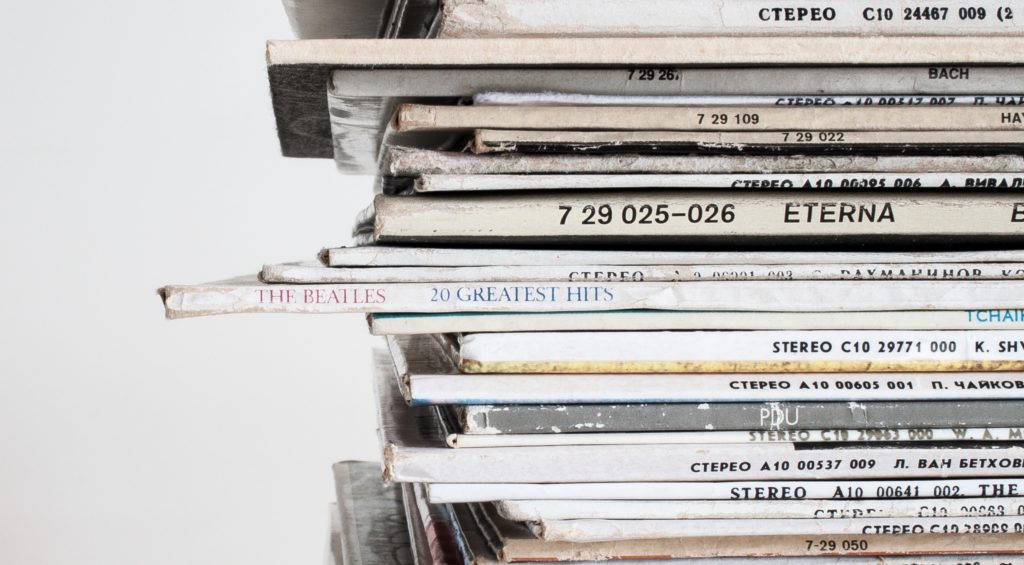One of the interesting recent developments in record collecting is the obsession with matrix numbers and pressing editions. As rare and desirable records become subject to market pressure from more savvy collectors and dealers, it has become a hot discussion topic. What constitutes a “first pressing” or first edition of a record?
Oldies collectors of doo-wop 45s have long been “wax” fanatics, looking up the numbers etched in the blank space between the end of the grooves and the label. Partly this was to reveal fraud, as many extremely scarce doo-wop and rhythm ‘n ‘ blues 45s of the 1950s were counterfeited. The other was to identify a re-pressing, a legitimate issue by the record company (or current licensee) but not the very first edition.
Now this level of detail is permeating the whole of record collecting. Used to be that knowing an LP’s catalog number and what kind of label the disc had was enough. Oh no. You may have an original first label (such as a Capitol rainbow label or an RCA “shaded dog”), but that’s only the start of the process. What pressing plant was used to press your disc? Was it the first run of vinyl manufactured, or later? For Beatles records, the level of detail can be boggling. Experts can identify whether a vinyl pressing of “Rubber Soul” was made on the East Coast, or the West Coast, and whether it was made the first week of manufacture, or the month after.
Such distinctions may matter only to a small number of serious record collectors. But as prices rise for the most wanted and rarest records, the details of matrix numbers – and other signifiers – will become more important. And the marketplace will respond to precise identification.
Discogs.com has been one of leaders in the discussion and dissemination of these details. Here’s a posting in one of their forums that is truly eye-opening – or boring – depending on your interest level: Welcome to the Master List of Runout Information.

